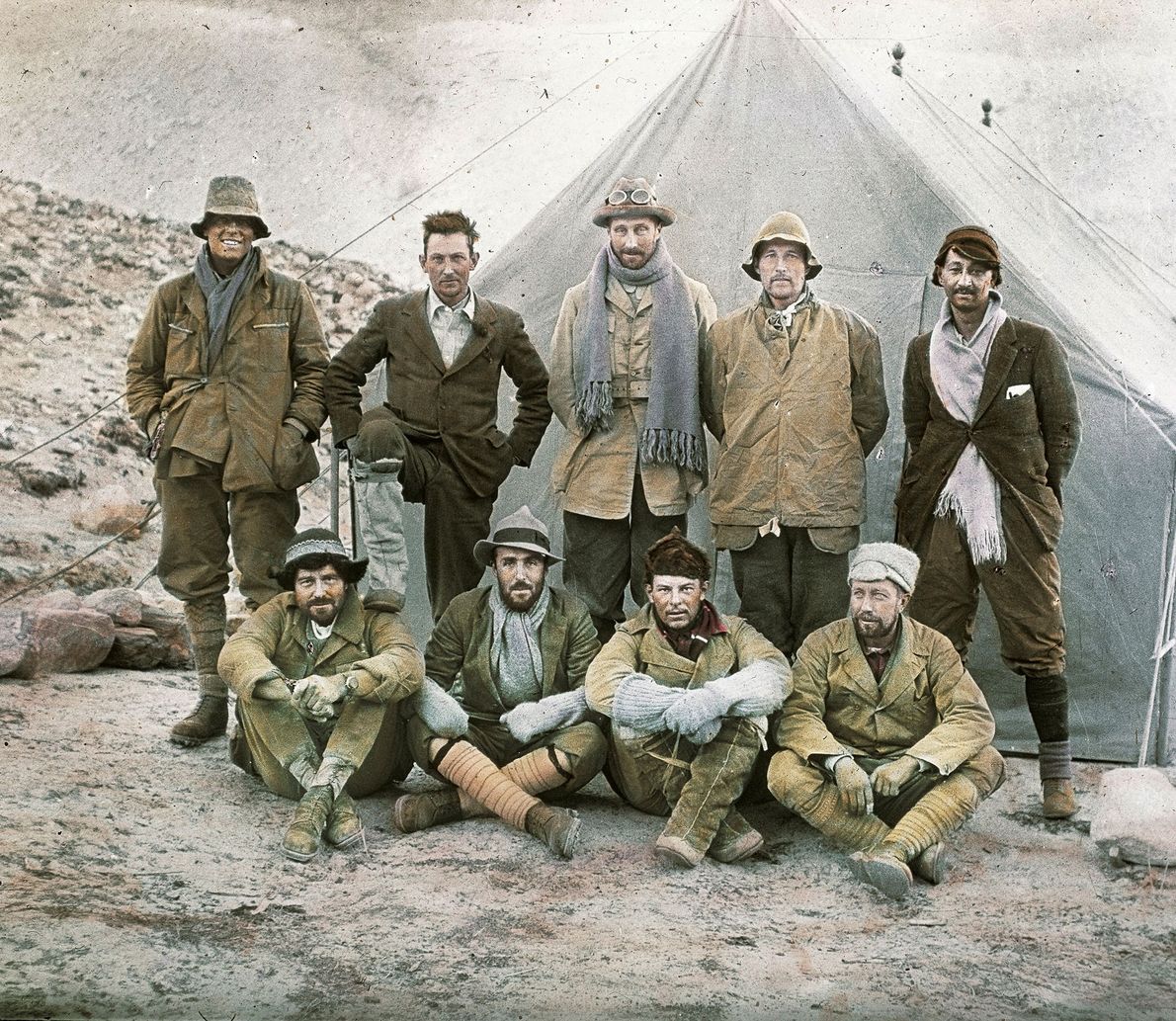Norgay and Hillary weren’t first ones to climb Everest

The story of George Mallory’s ill-fated quest to conquer Mount Everest is one of mountaineering’s most enduring mysteries. The allure of his possibly being the first person to reach the summit and the subsequent discovery of his remains have added layers of intrigue to the history of Everest exploration. This essay explores the enigma surrounding Mallory’s death and his potential status as the first person to stand atop the world’s highest peak, examining the background stories of the expeditions that led to this compelling chapter in mountaineering history.
In 1922, Mallory was a pivotal figure in the British Mount Everest Expedition, led by General Charles Bruce. Despite facing significant challenges, such as adverse weather conditions and treacherous terrain, Mallory managed to reach a high point of 27,300 feet, marking a historic altitude record at the time. This expedition showcased Mallory’s determination and contributed to his growing reputation as a formidable mountaineer.
The Mystery of the 1924 Expedition: The year 1924 saw George Mallory return to Everest in what would become one of mountaineering’s most enduring mysteries. This British Mount Everest Expedition aimed to accomplish what no one had before: to reach the summit. Mallory, along with fellow climber Andrew Irvine, made their final summit attempt on June 8, 1924. Tragically, they were last spotted mere hundreds of meters from the summit, and the mystery surrounding their fate was born.
Debate has swirled around whether Mallory and Irvine reached the summit before their ill-fated descent. The possibility of their success tantalizes mountaineering enthusiasts and historians to this day. Mallory’s laconic response when asked about his motivation—”Because it’s there”—became a famous line that epitomizes the spirit of adventure and exploration.
Mallory’s Disappearance and Discovery: In the years following the disappearance of Mallory and Irvine, the mystery remained unsolved. It wasn’t until 1999 that the enigma began to unravel when an expedition led by American mountaineer Conrad Anker discovered Mallory’s remains on Everest’s North Face. The findings ignited a surge of speculation and renewed interest in the possibility that Mallory and Irvine had reached the summit before their fateful descent.
The condition of Mallory’s body suggested that he had suffered a fatal fall. While the ice axe found with him showed signs of use, the crucial evidence of whether they summited or not—Mallory’s camera—remains missing. The ongoing debate centers on whether the climbers had carried their camera to the summit and, if so, whether any photographic evidence of their success remains hidden on the mountain.
Mallory’s Legacy and the Ongoing Mystery: The mystery of George Mallory’s death and the tantalizing possibility of his being the first to conquer Everest continue to captivate the world of mountaineering and exploration. Mallory’s spirit of adventure, his drive to conquer the unconquerable, and the enduring mystery surrounding his fate make his story one of the most compelling chapters in the annals of mountaineering.
Mountaineers have sought to honor Mallory’s memory by retracing his steps and uncovering the truth about his historic climb. Whether the mystery will ever be solved or if Mallory’s name will be forever enshrined as the first person to reach Everest’s summit remains an open question. Regardless of the final verdict, George Mallory’s quest represents the indomitable spirit of human exploration and the quest for the heights of achievement.


